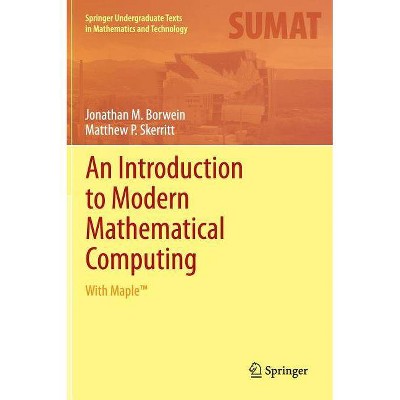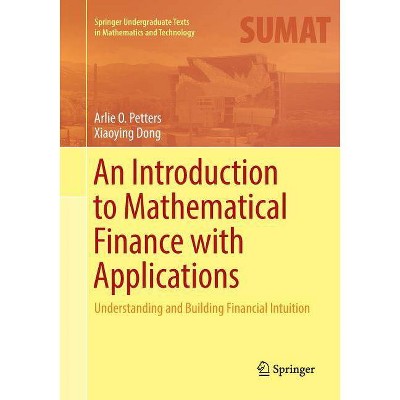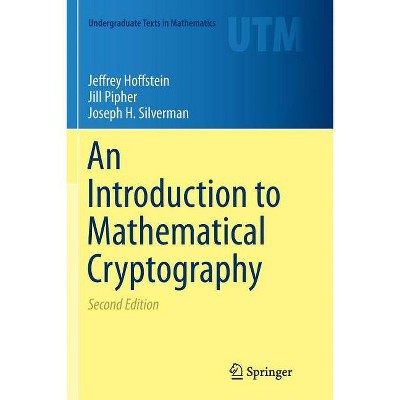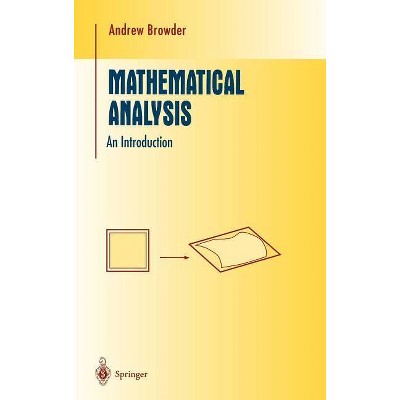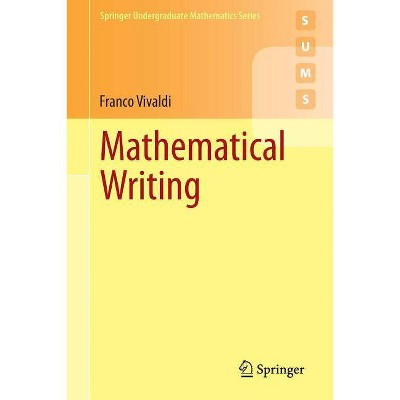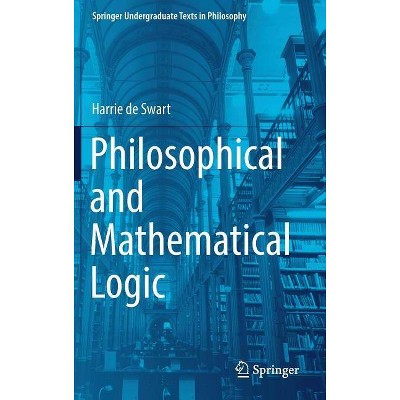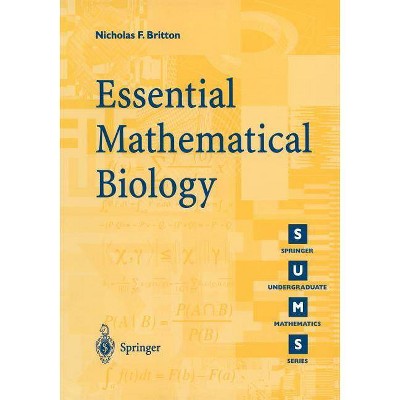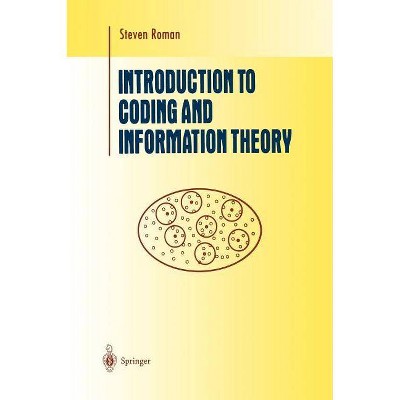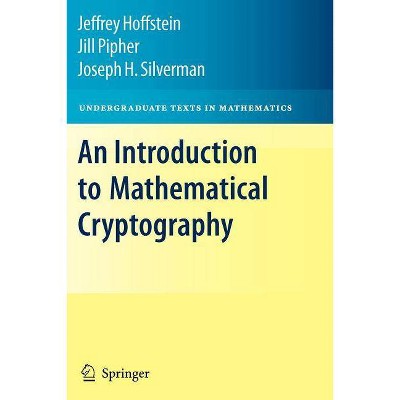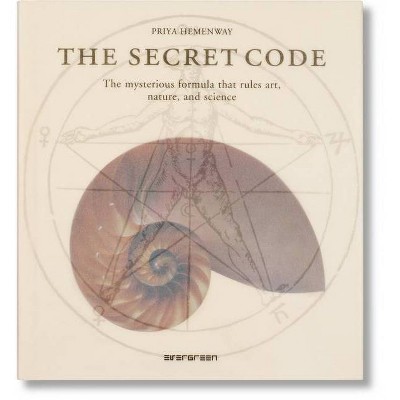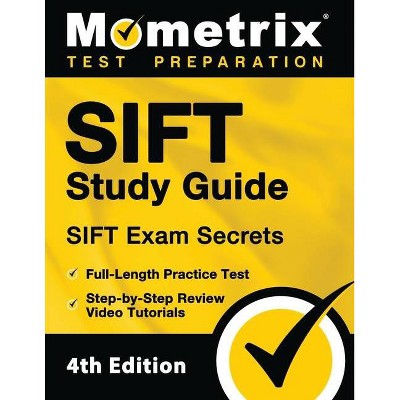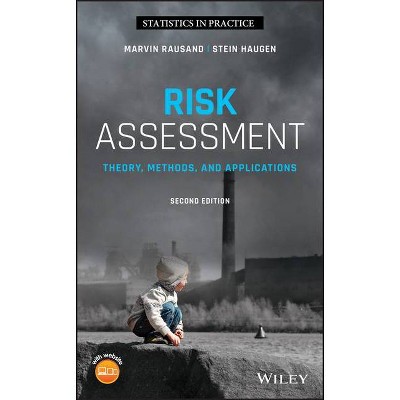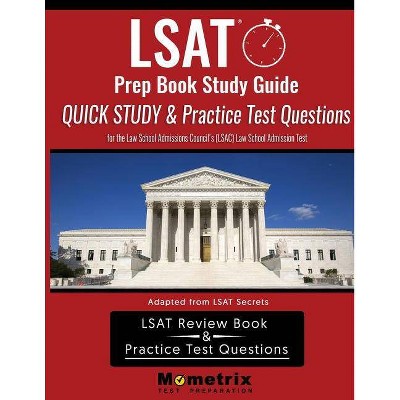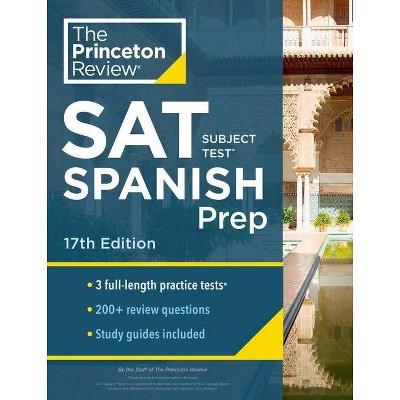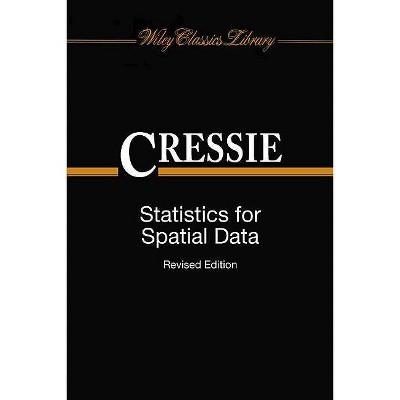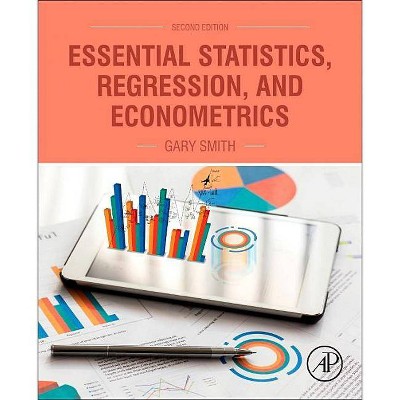An Introduction to Modern Mathematical Computing - (Springer Undergraduate Texts in Mathematics and Technology) (Hardcover)
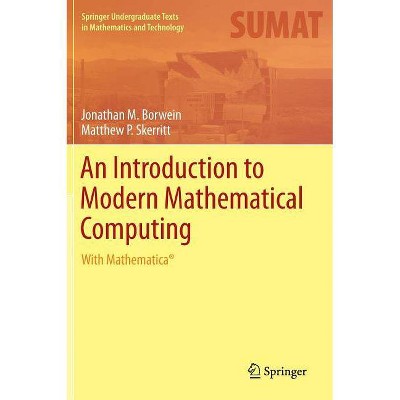
Similar Products
Products of same category from the store
AllProduct info
<p/><br></br><p><b> About the Book </b></p></br></br><p>An essential read for mathematicians, this volume looks beyond the syntax and semantics of Mathematica and other programs. It focuses on why they are necessary tools for anyone who engages in mathematics, as well as showing how to create better proofs.</p><p/><br></br><p><b> Book Synopsis </b></p></br></br><p>Thirty years ago mathematical, as opposed to applied numerical, computation was difficult to perform and so relatively little used. Three threads changed that: the emergence of the personal computer; the discovery of fiber-optics and the consequent development of the modern internet; and the building of the Three "M's" Maple, Mathematica and Matlab.</p><p>We intend to persuade that Mathematica and other similar tools are worth knowing, assuming only that one wishes to be a mathematician, a mathematics educator, a computer scientist, an engineer or scientist, or anyone else who wishes/needs to use mathematics better. We also hope to explain how to become an "experimental mathematician" while learning to be better at proving things. To accomplish this our material is divided into three main chapters followed by a postscript. These cover elementary number theory, calculus of one and several variables, introductory linear algebra, and visualization and interactive geometric computation.</p><p/><br></br><p><b> From the Back Cover </b></p></br></br><p>Thirty years ago, mathematical computation was difficult to perform and thus used sparingly. However, mathematical computation has become far more accessible due to the emergence of the personal computer, the discovery of fiber-optics and the consequent development of the modern internet, and the creation of Maple(TM), Mathematica(R), and Matlab(R).</p><p><i>An Introduction to Modern Mathematical Computing: With </i><i>Mathematica(R)</i> looks beyond teaching the syntax and semantics of <i>Mathematica</i> and similar programs, and focuses on why they are necessary tools for anyone who engages in mathematics. It is an essential read for mathematicians, mathematics educators, computer scientists, engineers, scientists, and anyone who wishes to expand their knowledge of mathematics. This volume will also explain how to become an "experimental mathematician," and will supply useful information about how to create better proofs.</p><p>The text covers material in elementary number theory, calculus, multivariable calculus, introductory linear algebra, and visualization and interactive geometric computation. It is intended for upper-undergraduate students, and as a reference guide for anyone who wishes to learn to use the <i>Mathematica</i> program.</p><p>Also by J.M. Borwein and M.B. Skerritt: <i>An Introduction to Modern Mathematical Computing: With Maple</i>(TM), (c) 2011, ISBN: 978-1-4614-0121-6, 216 p. and 81 color illustrations.</p><p/><br></br><p><b> Review Quotes </b></p></br></br><br><p>From the reviews: </p><p>"There are two general approaches to computation: using computation as a numerical tool to approximate answers or using a computer algebra system to provide exact mathematical answers by symbolic manipulation. This book explores the second of these approaches, using the computer algebra system Mathematica. ... Though this work does teach students how to use Mathematica, it does so with the goal of providing new insights into basic mathematics, which can then be applied to more advanced mathematics. ... Summing Up: Recommended. Lower- and upper-division undergraduates." (D. Z. Spicer, Choice, Vol. 50 (7), March, 2013)</p><p>"Three main chapters form the core of the book. In the first chapter, the authors talk about using a computer algebra system like Mathematica for problems in number theory ... . Chapters 2 and 3 are devoted to calculus and linear algebra, respectively. ... The mathematical content of the chapters is ... elementary and written in a style easily understandable by nonspecialists. ... a very good introduction for beginners to this interesting and important topic." (Kai Diethelm, ACM Computing Reviews, March, 2013)</p><br><p/><br></br><p><b> About the Author </b></p></br></br><p>Jonathan M. Borwein is currently Laureate Professor in the School of Mathematical and Physical Sciences at the University of Newcastle (NSW) with adjunct appointments at Dalhousie and at Simon Fraser. He received his Doctorate from Oxford in 1974, and has published extensively in optimization, analysis and computational mathematics, and has received various prizes both for research and for exposition. He directs the University of Newcastle's Priority Research Centre in <i>Computer Assisted Research Mathematics and its Applications</i> (CARMA).</p>
Price History
Price Archive shows prices from various stores, lets you see history and find the cheapest. There is no actual sale on the website. For all support, inquiry and suggestion messagescommunication@pricearchive.us
